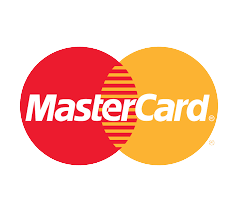Stop Dripping Faucets Today! Save Water & Money
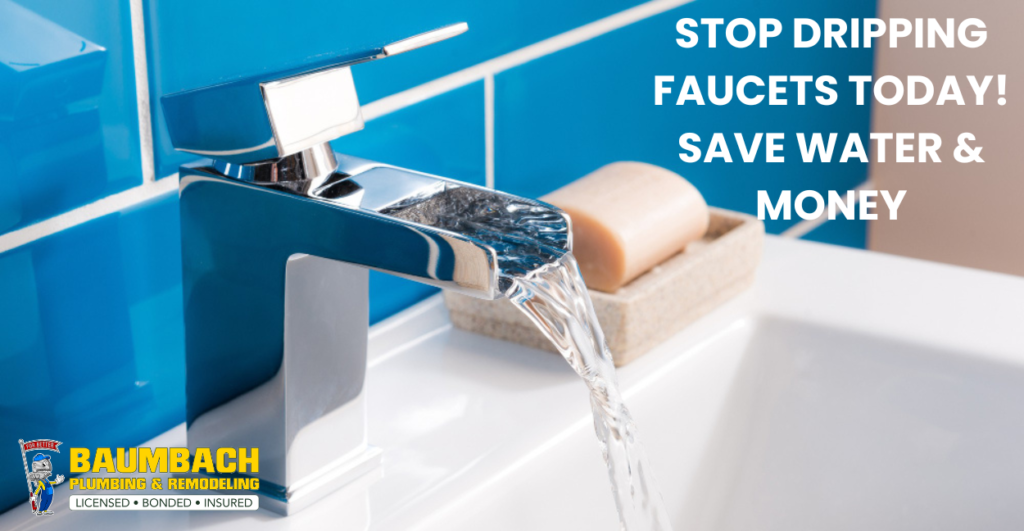
Dripping faucets, often overlooked, can be more than just an annoying sound. They can lead to water wastage, higher utility bills, and even damage to your plumbing system if left unattended. In this article, we will delve deep into the world of dripping faucets, exploring the causes, consequences, and solutions to this common household issue. […]
Comprehensive Guide to Dealing with Bathroom Pipe Bursts
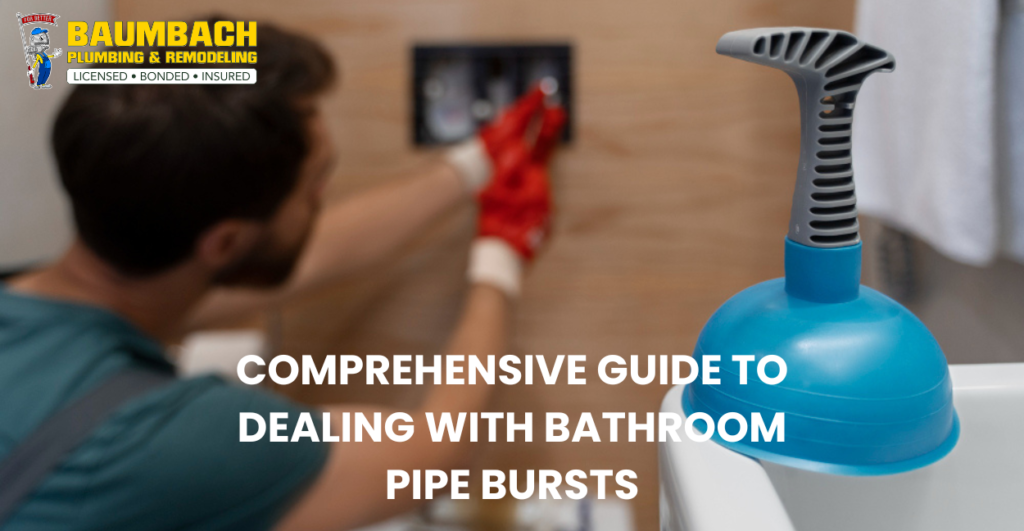
Comprehensive Guide to Dealing with Bathroom Pipe Bursts: Causes, Signs, Prevention, and Remediation A pipe burst in the bathroom can quickly turn into a homeowner’s nightmare, leading to water damage, costly repairs, and potential health hazards. Understanding the causes, preventive measures, and immediate actions to take can save you from significant troubles. Let’s discuss these […]
Signs of a Burst Pipe: What to Look for Under Your House
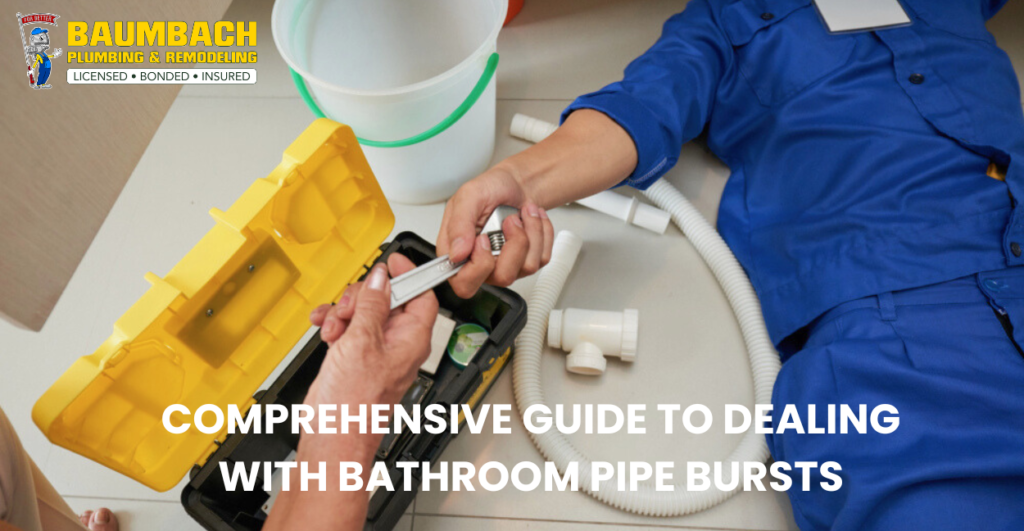
Discovering a burst pipe under your house can be a homeowner’s nightmare. Not only can it cause significant damage to your property, but it can also lead to costly repairs if not addressed promptly. In this article, we’ll explore the telltale signs of a burst pipe under your house and provide actionable steps to identify […]
Discover the Pros and Cons of Electric Tankless Water Heater

Electric tankless water heaters have gained popularity as energy-efficient alternatives to traditional tank heaters. However, like any technology, they come with their own set of advantages and disadvantages. In this article, we’ll explore the pros and cons of electric tankless water heaters in detail to help you make an informed decision for your home’s hot […]
Professional Drain Cleaning Services in Alexandria, Virginia
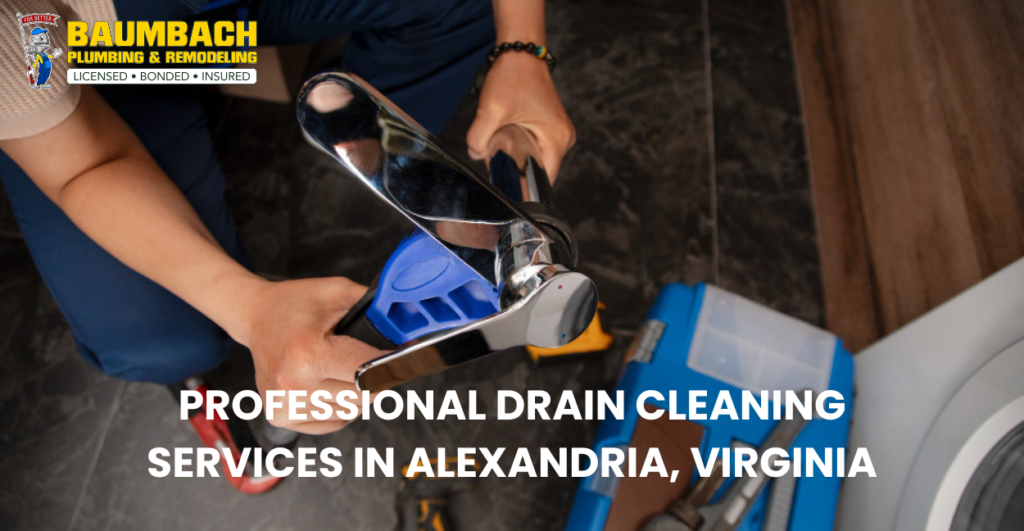
Drain Cleaning Services in Alexandria, Virginia Drainage issues are common household problems that can quickly escalate if left unattended. In Alexandria, Virginia, where residential and commercial properties abound, maintaining clean and functional drains is essential for a healthy living environment. Whether it’s a clogged kitchen sink, a slow-draining bathtub, or a clogged toilet, addressing these […]
Step-by-Step Guide: How to Install Electric Tankless Water Heater

Comprehensive Guide: How to Install Electric Tankless Water Heater Transitioning to an electric tankless water heater is a significant upgrade for any household, promising energy efficiency and endless hot water. However, proper installation is crucial to maximize its benefits. This article will provide a detailed, step-by-step walkthrough to ensure a successful installation process while prioritizing […]
How to Adjust Temperature on Electric Water Heater | DIY Tips
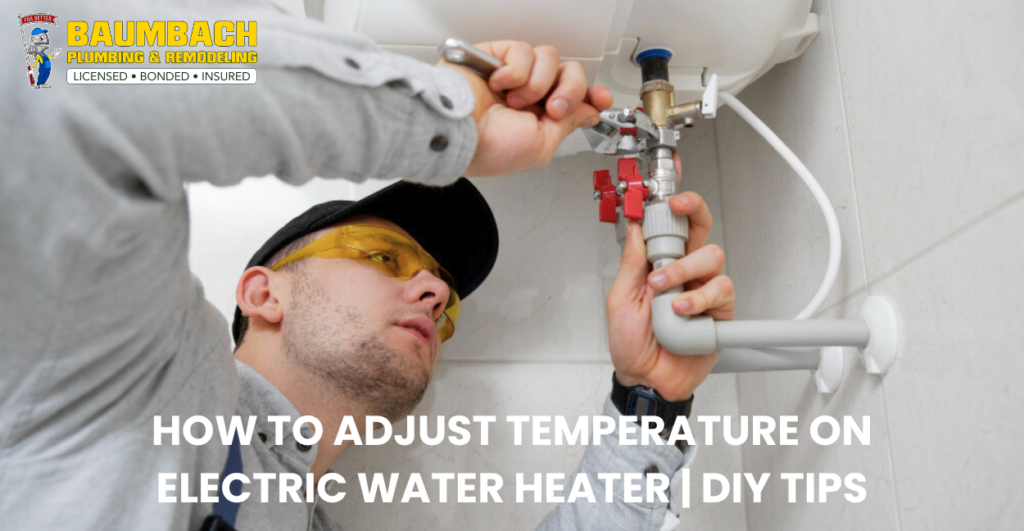
How to Adjust Temperature on Electric Water Heater | DIY Tips Are you tired of scalding hot showers or lukewarm baths? It might be time to adjust the temperature of your electric water heater. Don’t worry, it’s easier than you think! In this article, we’ll walk you through the simple steps to adjust the temperature […]
How to Repair an Electric Water Heater: Quick Fixes Revealed

A Comprehensive Guide: How to Repair an Electric Water Heater Electric water heaters are a vital component of modern households, providing hot water for various purposes. However, like any other appliance, they can encounter issues over time. Learning how to repair an electric water heater can save you time and money while ensuring your comfort […]
Unmasking 6 Plumbing Myths: The Ultimate Truth Revealed!
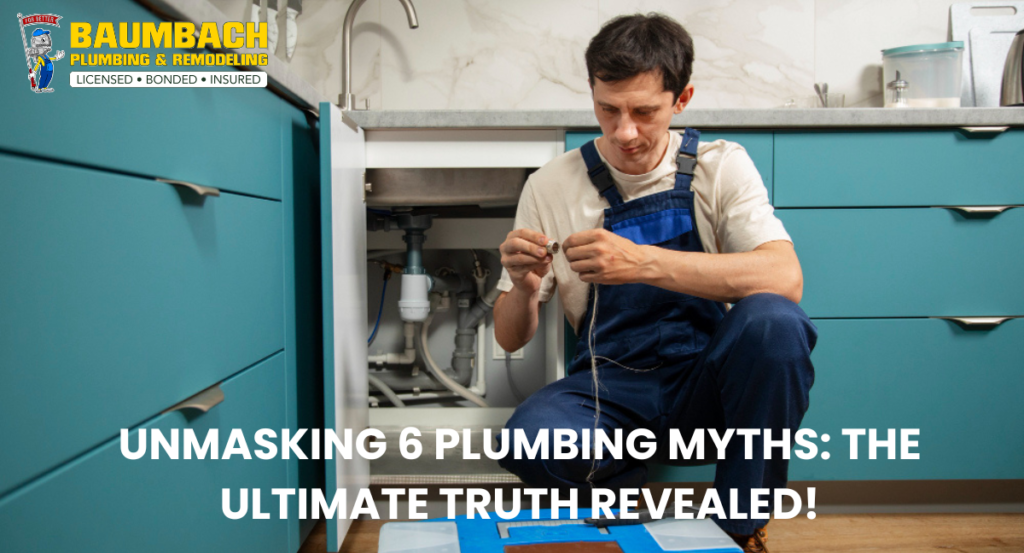
Plumbing is an essential aspect of our homes, ensuring that water flows seamlessly and waste is disposed of efficiently. However, there are several plumbing myths circulating about plumbing that can mislead homeowners and even lead to unnecessary expenses. In this article, we’ll discuss some of the most prevalent plumbing myths, providing you with accurate information […]
How Does a Toilet Get Clogged? Unraveling the Causes & Solutions
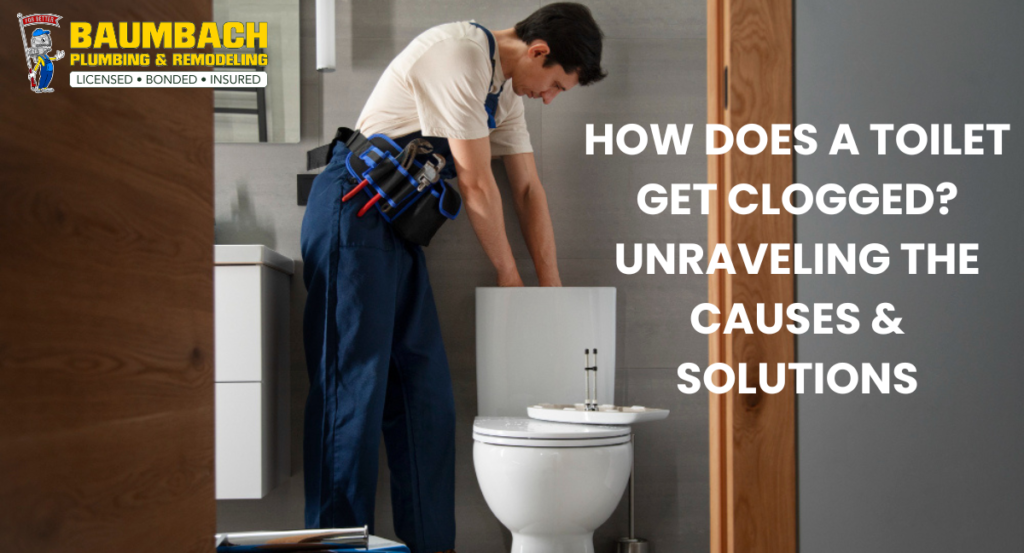
Have you ever thought about why toilets sometimes have problems and get clogged? It happens a lot, and it can be confusing. But don’t worry! In this blog, we’re going to talk about why toilets get blocked in simple words. We’ll explore the details of this issue like detectives. So, let’s take a journey into […]

